“What you get by achieving your goals is not as important as what you become by achieving your goals.” -Zig Ziglar
What a week it's been here at Starts With A Bang, where we've been proud to bring a number of stories to light for you. This past week, in case you missed anything, we've tackled:
- Is the Universe itself alive? (for Ask Ethan),
- How does space become transparent? The Orion Nebula answers (for Mostly Mute Monday),
- The tragedy of Apollo 1 and the lessons that brought us to the Moon,
- The future of astronomy: NASA's James Webb Space Telescope (the start of a new series), and
- Monstrous cosmic gas cloud set to ignite the Milky Way.
There's plenty in the works, including (next week) our next podcast, a live-blog event, more on the Future of Astronomy and even more science stories from the Universe. You've also (as always) had plenty to say, so let's see what it all comes down to as we jump into our Comments of the Week!
From Omega Centauri on a story I didn't cover: "[T]he superluminus supernova has been
much in the news. Reportedly its brightness blows the usual suspects out of the water. I’m a bit skeptical, if its some sort of
compact object or black hole thing, might the radiation pattern be highly non spherically symmetric? perhaps we are in the path of a beam?"
So this is based on this story, and this is interesting for a number of reasons, but this isn't unique! Here's the deal:
- Most type Ia supernovae come from a source that's between 1 and 3 times the mass of our Sun: not that much matter.
- Most type II (core-collapse) supernovae are from stars between 20-40 times the mass of our Sun: a lot, but not the most.
- The biggest supernovae are pair-instability supernovae/hypernovae, where ultra-massive stars produce matter-antimatter pairs and collapse due to the reduced pressure.
Supernovae like SN2006gy are thought to collapse under this mechanism, but the new supernova is even more luminous than that (although it's more than 10 times as distant). Why? Are there collimated jets pointing at us? We don't know, but the magnetar explanation is challenged by it. Another possibility includes the formation of quark stars, but this is one case where, to be frank, observationalists are leading the theorists. We have work to do!
From Kristofer Bergstrom on the living Universe: "I’m sorry to say I don’t access your full writings since they moved to Forbes. Forbes has a no ad-blocker policy which means users can’t use the site without exposing their browser to risk (and exposing themselves to ads). Probably not too many people are as decidedly anti-ad as I am, but I thought I should let you know there’s at least one of us that can’t access your writings since they’ve moved to Forbes."
I seem to get these comments every week, and I don't have a problem with it. Currently, I'm bringing hundreds of thousands of new visits to Forbes each month, which they're very happy about. But there's a limit to the pressure I can put on them. I continue to let them know about your frustrations (and I'm frustrated, too), and will continue to make recommendations. However, unless you have a platform for me that's going to compensate me for all the writing I do as well as (or better) than what's on the table, I won't be moving. Wait the extra week if you don't want to turn off your adblocker and then go to Medium. But I need to make a living, which I hope we all understand.
From Art on Apollo 1: "In retrospect it seems intuitively obvious that the combination of oxygen, at a raised pressure, materials that had never been flame tested in an oxygen atmosphere, and a hatch that took an extended time to open would lead to tragedy."
Everything is easier in hindsight. The tough thing was doing something that took five confounding mistakes to lead to tragedy, but the odds of each one wasn't as low as it should've been. That's the really hard part. The really difficult thing to realize is that each new tragedy -- even if it leads to policy change -- will only help prevent that now-previous tragedy from happening again. How do we anticipate the next tragedy? That's something we're still working on.
From Julian Frost on the Challenger disaster: "And 19 years and a day after the Apollo 1 launchpad fire, another, bigger disaster occurred: the Challenger exploded."
I wrote about this in gory detail back in 2011, and still remember it vividly. Here's a snippet:
Televisions were wheeled into our classrooms so we could watch the launch live on television. While these astronauts weren’t going to the Moon (which was — to my second grade mind — the coolest thing any astronaut could ever do), they were getting to ride into outer space aboard the Space Shuttle Challenger.
Watching ascending rocket closely, you could see that something might be wrong. The main tank appeared to catch on fire, and the flames from the rockets beneath seemed to rise up the spacecraft. But nobody was prepared for what happened next.
Although we had no way of knowing at the time, the entire crew of seven — Gregory Jarvis, Christa McAuliffe, Ronald McNair, Ellison Onizuka, Judith Resnik, Francis Scobee, and Michael Smith — most likely weren’t immediately killed by the explosion, but rather by either depressurization and freezing, or by impact with the sea below.
It was heartbreaking to watch, but these seven people gave their lives in pursuit of the exploration of the Universe they all loved. We keep exploring, despite our setbacks, even the ones that have their costs measured in human lives. The Universe and our pursuit of knowing more about it still goes on.
From Denier on the James Webb Space Telescope: "Are you sure about the potential for refueling? I have been unable to get a definitive answer on that. Seemingly every time someone says the potential exists, someone else says the JWST doesn’t have refueling ports and the technology to pull off such a mission would be more expensive than simply putting a new and better telescope out there. Both stories sound plausible. Do you have details on which is the straight scoop?"
You have a lot of questions, and there's right on both sides of what you're asking. No, JWST isn't really built for refueling; they didn't make it easy with an accessible port or anything. It would be expensive for sure: roughly $100-150 million for the launch and possibly another few hundred million for the mission and supplies itself. But the technology to pull off such a mission:
- exists,
- is estimated to be no more than 5% the total cost of JWST,
- and could extend the mission's lifetime by a factor of 2 (or more, since there's no need to re-deploy all the equipment).
So the potential exists, but it would take some reverse engineering. Still, people wanted to de-orbit both Hubble and the ISS by now, and both are still going. It's a lot easier to get the will to extend the lifetime of something after it's been succeeding for 10 years. Yes, WFIRST will be in the works then, and based on how NASA politics are going, an even larger UV/visible/IR telescope is probably going to fly in the 2030s, but keeping JWST alive for another decade for ~5% its initial cost -- if it's operating really well after the first decade -- is a no-brainer.
From Ragtag Media on how we don't need NASA: "Society is generating Billionaires daily to the point where technology and finance no longer need nation states to fund them."
And what is the largest project a billionaire has donated to that funds pure astrophysics/astronomical science? You find the answer to that, and see if you still reach the same conclusion. (Which you will, if you completely don't value astrophysics/astronomy research.)
From Naked Bunny with a Whip on "Monstrous cosmic gas cloud set to ignite the Milky Way": "Now that’s a headline!"
The "big gas cloud" I've shown you above is pretty big: tens of light years long and containing enough gas to create hundreds of new stars. The one I wrote about in the article is nearly a thousand times longer in every dimension, and contains enough gas that if all of it formed stars, we'd create close to 100 million of them. Because of the way star formation quenches, we'll "only" get about 2 million out of the cloud, but that's not bad for 30 million years from now! Now about the headline itself: sometimes I write them, sometimes Forbes writes them. (This one was my doing.) What should be the goal of a headline, though? In my opinion, it's this:
It's generating traffic and eyeballs, so long as you don't have to resort to a headline that's untrue or that you're ashamed of. Yes, I will use sensationalized phrasing in the title of an article to bring all the boys and girls to the yard. I could teach you, but I'd have to charge.
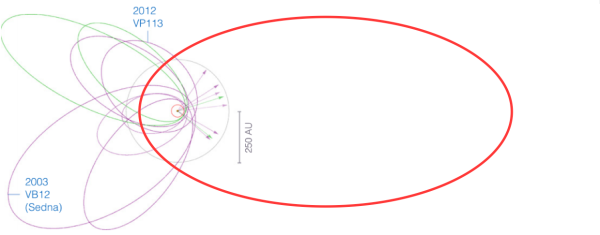 Image credit: K. Batygin and M. E. Brown Astronom. J. 151, 22 (2016), with modifications/additions by E. Siegel.
Image credit: K. Batygin and M. E. Brown Astronom. J. 151, 22 (2016), with modifications/additions by E. Siegel.
From jon on planet nine, kind of: "So we’re meant to be skeptical about a possible planet, but some strange exotic “dark” matter that’s completely undetectable but makes up most of the universe is somehow believable?"
There is one set of observations that points to planet nine, and it's a very incomplete set (you know, the properties of six objects). There are about 20 sets of observations that point to dark matter, including:
- rotating spiral galaxies,
- the velocity profiles of elliptical galaxies,
- the peculiar velocities of galaxy pairs,
- the motions of galaxies in clusters and groups,
- the large-scale structure of the Universe,
- the fluctuations in the CMB,
- the baryon acoustic oscillations observed at different redshifts,
- the bending of light due to gravitational lensing,
- and the separation of gas and mass during cluster and group collisions,
just off the top of my head in 30 seconds.
My point is that there is a ton of indirect evidence for dark matter, and there is a tiny amount of indirect evidence for planet nine. Now if there is a planet nine, it will be much easier to directly detect than dark matter, because of the nature of planets and the nature of dark matter. You don't have to like it, but if you're going to talk about it like you know what you're talking about, you owe it to yourself to be informed. And finally...
From PJ on how you might think of behaving online: "We (most) come here to learn something, or to offer further reinforcement of a topic. Most of us try to avoid the friction that occurs from time to time, but put up with it to receive the good bits. If you feel offended by someones negative comments, just ignore, rather than rattle the cage further."
This is good life advice in general: choose your fights wisely, or you'll wind up wasting your energy on the useless bits rather than the parts that could really benefit from your passionate energy.
Thanks for a great week, everyone, and looking forward to what next week and the start of February has to offer!
- Log in to post comments

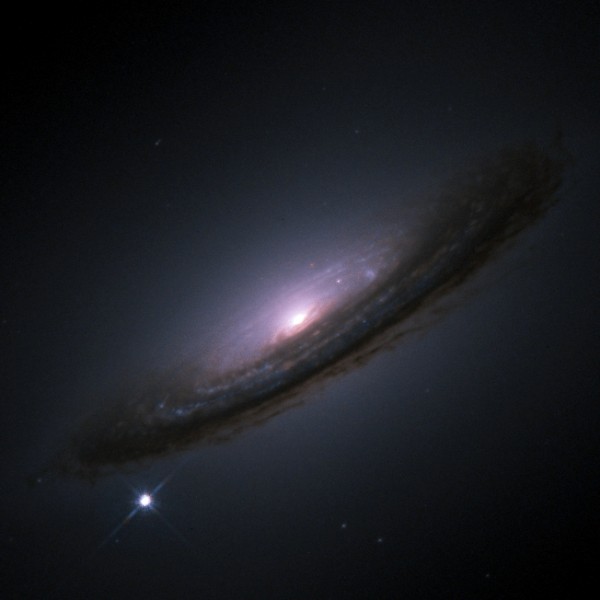
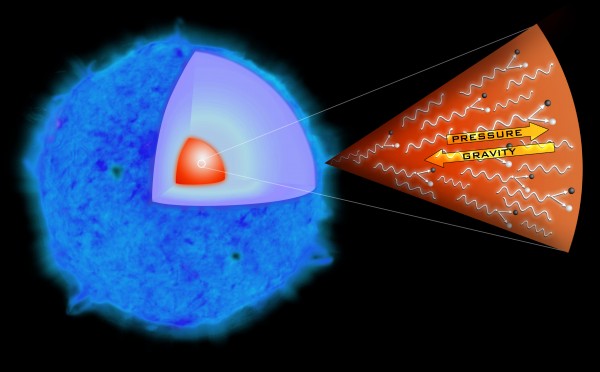

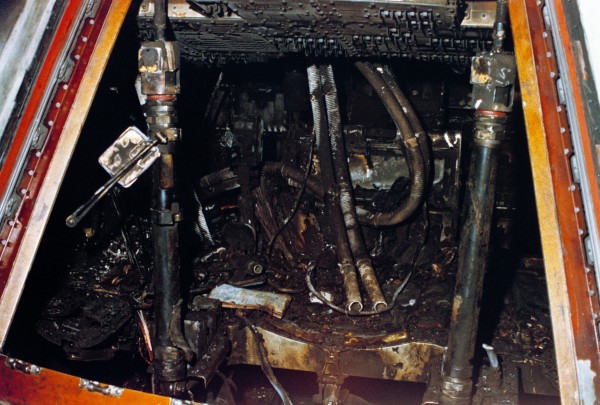
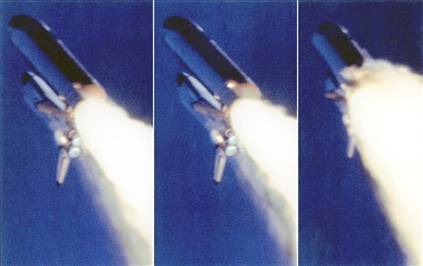
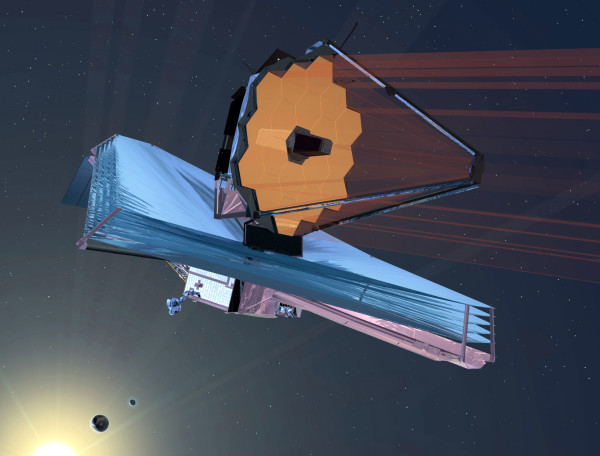
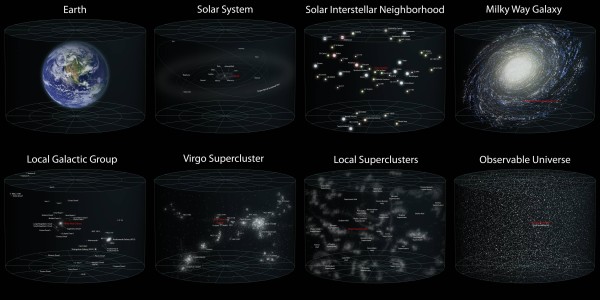
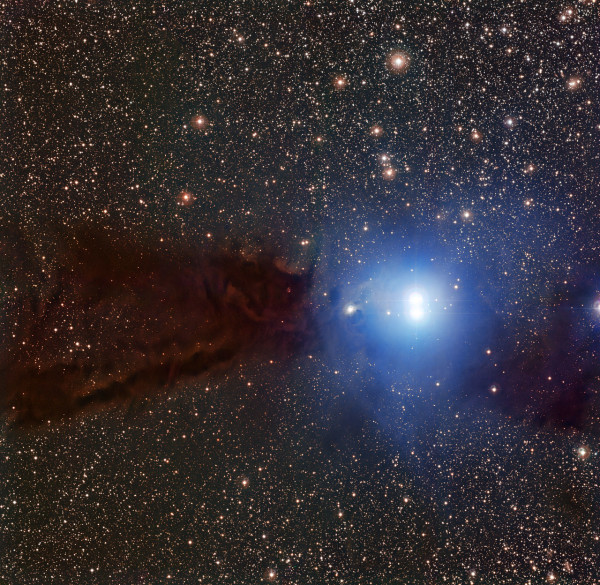

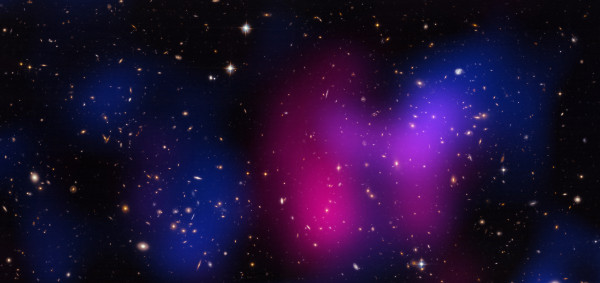

I hope you didn't think I was criticizing your headline. I thought it was great, and for exactly the reasons you mentioned. I mean, I'm pretty much going to read your articles as they appear in my feed, so I know the headlines aren't aimed at me. But that one provoked such vivid imagery! It was like the breathless blurbs I remember from comic book covers back in the 70s and 80s.
"But there’s a limit to the pressure I can put on them"
We don't expect you to. But we DO expect to complain if things don't get better. If we don't, how will thingschange? They won't.
Doesn't matter if ten years from now you let Forbes know that lots of people don't go because of ads/tracking/etc and they still go "Well, I don't care", because as soon as it stops being complained about, it will stop appearing as a problem to Forbes and asserted as acceptance ("finally!") of their situation and they won't reverse. They may well move further to see if they can salami off even more "value" from their "customers".
We don't expect you to singlehandedly make Forbes change. Don't expect anyone else to stop complaining.
I do read on Medium because I can't read on Forbes. My ad-blocker is turned off for their site (and all related domain names), but I'm still blocked. At the very least, they should improve their check and accept some false negatives rather than blocking false positives.
"Russian Billionaire Pledges to Spend $100 Million Searching for Alien Life"
"Run by a team of researchers at the University of California, Berkeley, the project will span 10 years and will have extensive access to two of the worlds’ most powerful telescopes: the Green Bank telescope in West Virginia, and the Parkes Telescope in New South Wales, Australia"
"The project will include a survey of the million stars closest to Earth, covering 10 times more of the sky than previous programs. It will be led by scientists including Martin Rees, the British Astronomer Royal, and Frank Drake, professor emeritus of astronomy and astrophysics at the University of California."
http://www.bloomberg.com/news/articles/2015-07-20/billionaire-yuri-miln…
Though not a "pure astrophysics/astronomical science" donation, it certainly spruces up the neighborhood and furthers my point.
LOL how exactly do you think government R&D works? Do you think they have millions of government workers in government labs and that they work on charity projects?
The vast majority of government R&D occurs under the model (a) government identifies a need, (b) asks the private sector to submit bids to meet this need, (c) rewards a contract to the private sector bidder who submitted the best bid ("best" determined by criteria the government lays out in the request for proposal). The largest single funder for R&D in the US is the Department of Defense. AAAS pegs the 2014 R&D budget* at $138 billion, of which $72 billion or just over half was DOD funding. Of that $138 billion pot, about $94 billion went to industry, universities, or FFRDCs. The performers who actually do the research have names like "Lockheed-Martin" and "Booz Allen Hamilton." They are quintessentially private sector entities.
In contrast, the endowment (i.e., not what they spend, but the principle from which spending interest is drawn) for the Bill & Melissa Gates foundation stands about $44 billion. What they hand out every year is probably between 2-10% of that...or about what DOD spends on R&D in three weeks.
So what are you proposing here, Ragtag? That the government stop wasting money giving out research dollars to hippies like Lockeed-Martin Corp.? Or are you proposing that DOD's R&D budget is just too big, and you know better what sort of technology they're going to need over the next 30 years?
"So what are you proposing here, Ragtag? "
So what are you smoking here eric?
Did you actually read WTF I posted in the context of the article OR did you just assume it out of your %$#%ss??'
Ethan said this "From Ragtag Media on how we don’t need NASA:
Now please go to the article and find where I actually said that:
http://scienceblogs.com/startswithabang/2016/01/28/the-future-of-astron…
Elon Musk:(BILLIONAIRE) SpaceX wants to send people to Mars by 2025
http://money.cnn.com/2016/01/30/news/companies/spacex-elon-musk-mars-20…
I read it, and stand by what I said. You're still completely wrong. We need public R&D for space exploration and use. With public R&D, we get GPS. With private R&D, we get Iridium...which the public had to bail out of bankruptcy, so paid for anyway.
Jeff Bezos (BILLIONAIRE) Blue Origin:
https://www.youtube.com/watch?v=74tyedGkoUc
"We need public R&D for space exploration and use."
Eric, you are painting yourself into the corner with Ethan
Again you missed the "Context" but see it as you will.
What do you see in these mission statements?:
NASA:
Mission and Vision
Armstrong's Mission
Advancing technology and science through flight.
Mission Elements
Perform flight research and technology integration to revolutionize aviation and pioneer aerospace technology.
Validate space exploration concepts.
Conduct airborne remote sensing and science missions
Support operations of the International Space Station - for NASA and the nation.
Armstrong's Vision
To fly what others only imagine."
Blue Origin founded by Bezos:
"our vision of millions of people living and working in space"
https://www.blueorigin.com/news
Eric, On a Side note to help you conceptualize my thoughts:
"Freedom's Forge: How American Business Produced Victory in World War II"
http://www.amazon.com/Freedoms-Forge-American-Business-Produced/dp/0812…